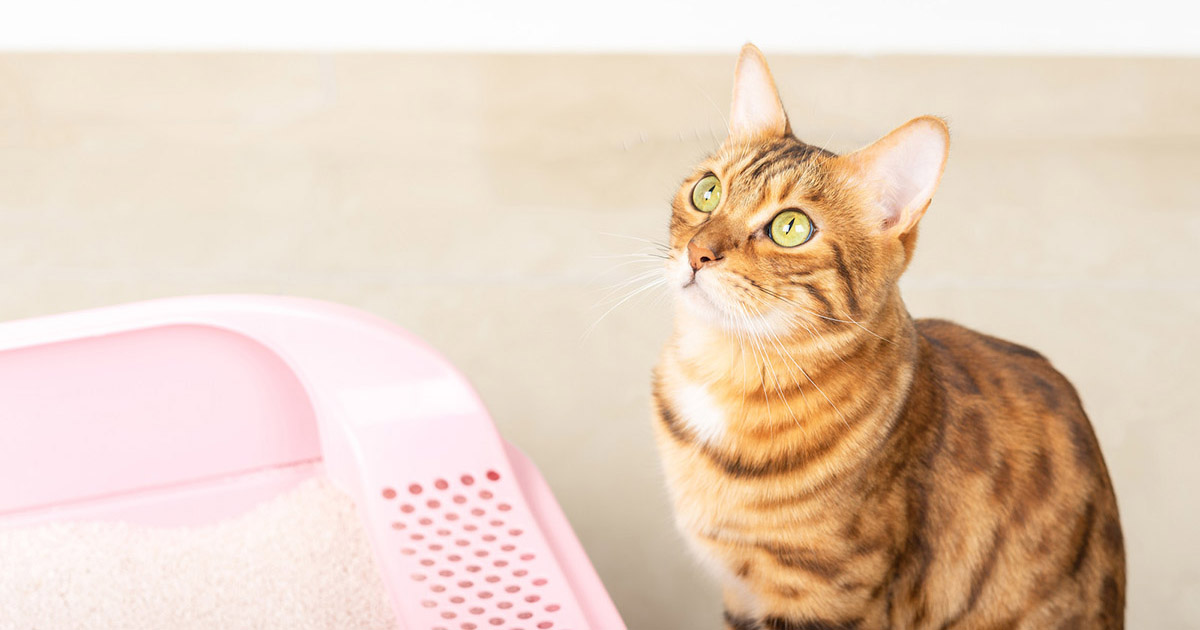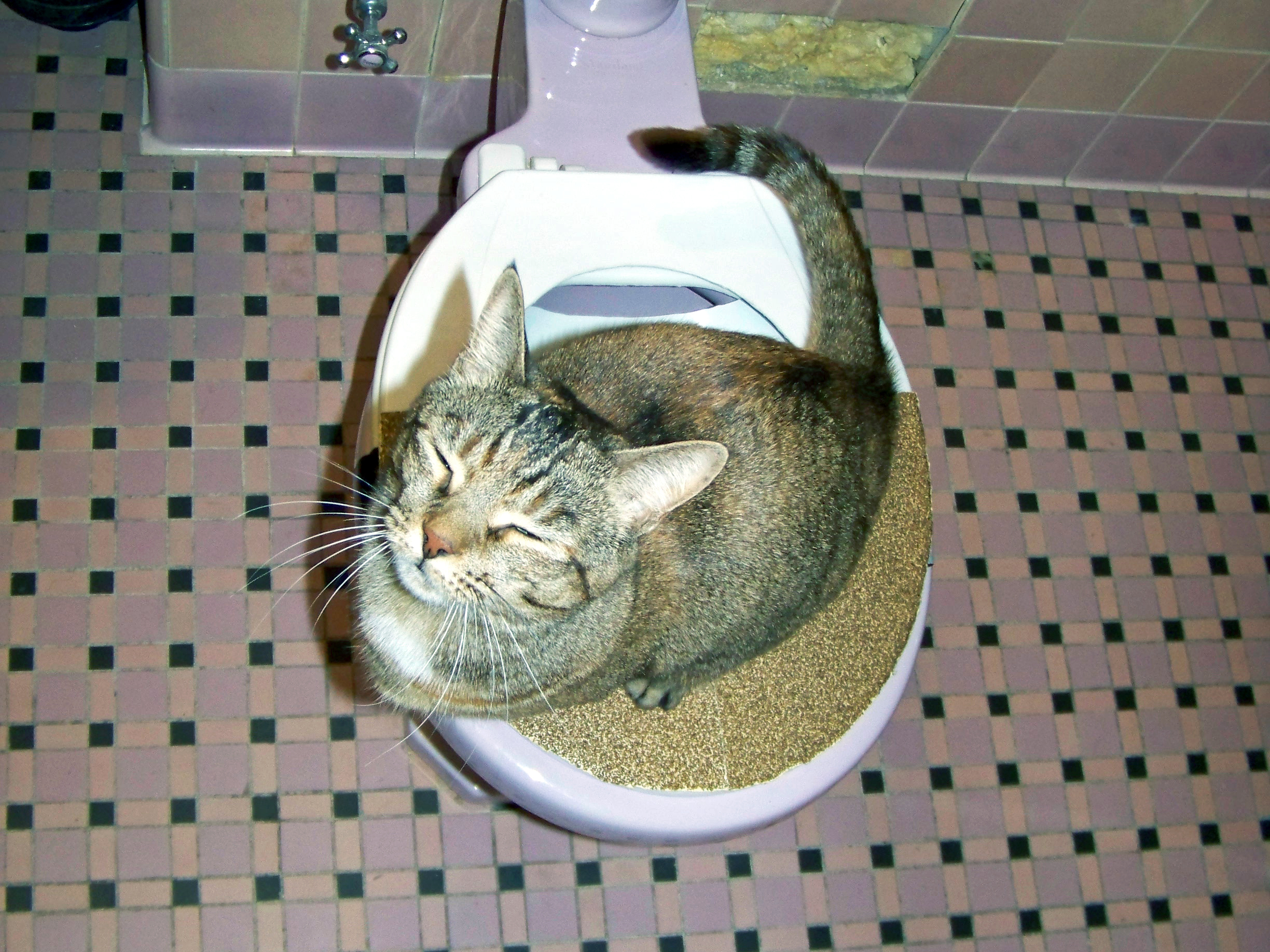Crucial Reasons Why Animal Waste Should Never Be Flushed Down the Toilet
Crucial Reasons Why Animal Waste Should Never Be Flushed Down the Toilet
Blog Article
What are your thoughts about 4 Reasons Why Dog Poop Cleanup is Important?

When it involves dealing with waste, especially animal waste, many individuals typically consider the practical option of flushing it down the commode. However, this seemingly easy solution can have significant effects for the atmosphere and public health. In this article, we'll discover why flushing pet waste down the commode is a negative idea and give alternative methods for appropriate disposal.
Introduction
Appropriate garbage disposal is critical for preserving ecological sustainability and public health. While it may appear harmless to purge animal waste down the toilet, it can cause various problems, both for the setting and human well-being.
Threats of flushing animal waste
Environmental influence
Flushing pet waste introduces damaging microorganisms and pathogens into rivers, which can adversely impact aquatic ecological communities. These microorganisms can pollute water resources and harm marine life, interrupting fragile ecological communities.
Public health concerns
Animal waste includes damaging germs such as E. coli and Salmonella, which can pose serious health risks to human beings. Purging pet waste down the commode can infect water materials, causing the spread of diseases and infections.
Alternatives to flushing
Instead of purging animal waste down the commode, there are several alternative disposal methods that are more environmentally friendly and sanitary.
Composting
Composting animal waste is an eco-friendly means to dispose of it. By composting, raw material is broken down into nutrient-rich soil, which can be utilized to fertilize yards and plants.
Land fill disposal
Disposing of pet waste in a garbage dump is another alternative. While not as eco-friendly as composting, it is a much safer choice to flushing, as it stops the contamination of water sources.
Pet dog waste disposal systems
There are customized pet dog waste disposal systems readily available that safely and hygienically dispose of animal waste. These systems typically make use of enzymes to break down waste and eliminate smells.
Actions to proper animal waste disposal
To guarantee proper disposal of animal waste, follow these steps:
Scooping and landing waste
Regularly scoop and bag pet waste utilizing biodegradable bags. This protects against waste more info from polluting the environment.
Using marked waste bins
Dispose of bagged animal waste in designated waste bins, such as compost containers or garbage dump bins. Stay clear of flushing it down the toilet whatsoever costs.
Cleansing litter boxes and pet areas regularly
Regularly tidy litter boxes and family pet areas to avoid the buildup of waste and germs. Use pet-safe cleansing products to preserve health.
Advantages of appropriate disposal approaches
Adopting appropriate disposal approaches for animal waste uses several benefits:
Minimized environmental pollution
Appropriate disposal techniques reduce the danger of environmental pollution, safeguarding waterways and communities from contamination
Minimized risk of water contamination.
By preventing flushing animal waste down the toilet, the risk of water contamination is considerably lowered, guarding public health.
Enhanced sanitation and hygiene
Correct disposal methods promote far better sanitation and hygiene, developing a safer atmosphere for both people and animals.
Conclusion
In conclusion, flushing animal waste down the commode is unsafe to the environment and public health. By embracing alternate disposal methods and following appropriate waste monitoring practices, we can decrease the negative impact of pet waste and add to a cleaner, much healthier world.
What To Do With Dog Poo – The Do's And Don'ts Of Disposing Of Faeces
Dog poo bins
Some councils provide dedicated dog waste bins in popular dog-walking areas that can take dog poo that has been bagged but you can legally dispose of dog waste in any public litter bin, as long as it is securely bagged. This also applies to your wheelie bin at home.
Do not flush
Water companies do not recommend flushing dog faeces down the toilet because certain parasites can survive the water processing treatment and are potentially harmful to humans. You should also never consider flushing dog poo that has been bagged down the toilet as the bags will not break down and instead create severe blockages in the sewage system.
In the woods
The Forestry Commission promotes a ‘stick and flick’ method for dealing with waste in the woods. This means finding a stick and using it to flick any poo from off the path so that it is out of the way of other walkers. You could also bury it as long as it is not in an area where there might be livestock.
Livestock
Parasites found in dog poo can be transmitted to livestock if they inadvertently eat infected faeces that has been left on grazing land. This could result in the death of sheep or abortion in cattle so you should always make sure you pick up your dog’s waste in fields where livestock could be present.

Regularly tidy litter boxes and family pet areas to avoid the buildup of waste and germs. Use pet-safe cleansing products to preserve health.
Advantages of appropriate disposal approaches
Adopting appropriate disposal approaches for animal waste uses several benefits:
Minimized environmental pollution
Appropriate disposal techniques reduce the danger of environmental pollution, safeguarding waterways and communities from contamination
Minimized risk of water contamination.
By preventing flushing animal waste down the toilet, the risk of water contamination is considerably lowered, guarding public health.
Enhanced sanitation and hygiene
Correct disposal methods promote far better sanitation and hygiene, developing a safer atmosphere for both people and animals.
Conclusion
In conclusion, flushing animal waste down the commode is unsafe to the environment and public health. By embracing alternate disposal methods and following appropriate waste monitoring practices, we can decrease the negative impact of pet waste and add to a cleaner, much healthier world.
What To Do With Dog Poo – The Do's And Don'ts Of Disposing Of Faeces
Dog poo bins
Some councils provide dedicated dog waste bins in popular dog-walking areas that can take dog poo that has been bagged but you can legally dispose of dog waste in any public litter bin, as long as it is securely bagged. This also applies to your wheelie bin at home.
Do not flush
Water companies do not recommend flushing dog faeces down the toilet because certain parasites can survive the water processing treatment and are potentially harmful to humans. You should also never consider flushing dog poo that has been bagged down the toilet as the bags will not break down and instead create severe blockages in the sewage system.
In the woods
The Forestry Commission promotes a ‘stick and flick’ method for dealing with waste in the woods. This means finding a stick and using it to flick any poo from off the path so that it is out of the way of other walkers. You could also bury it as long as it is not in an area where there might be livestock.
Livestock
Parasites found in dog poo can be transmitted to livestock if they inadvertently eat infected faeces that has been left on grazing land. This could result in the death of sheep or abortion in cattle so you should always make sure you pick up your dog’s waste in fields where livestock could be present.

As an enthusiastic reader about Why you should never flush dog poop down the toilet, I was thinking sharing that article post was worth the trouble. Do you know about another person who is in to Can You Flush Dog and Cat Poo Down the Toilet?? Be sure promote it. I am grateful for being here. Please come by our website back soon.
Call Today Report this page